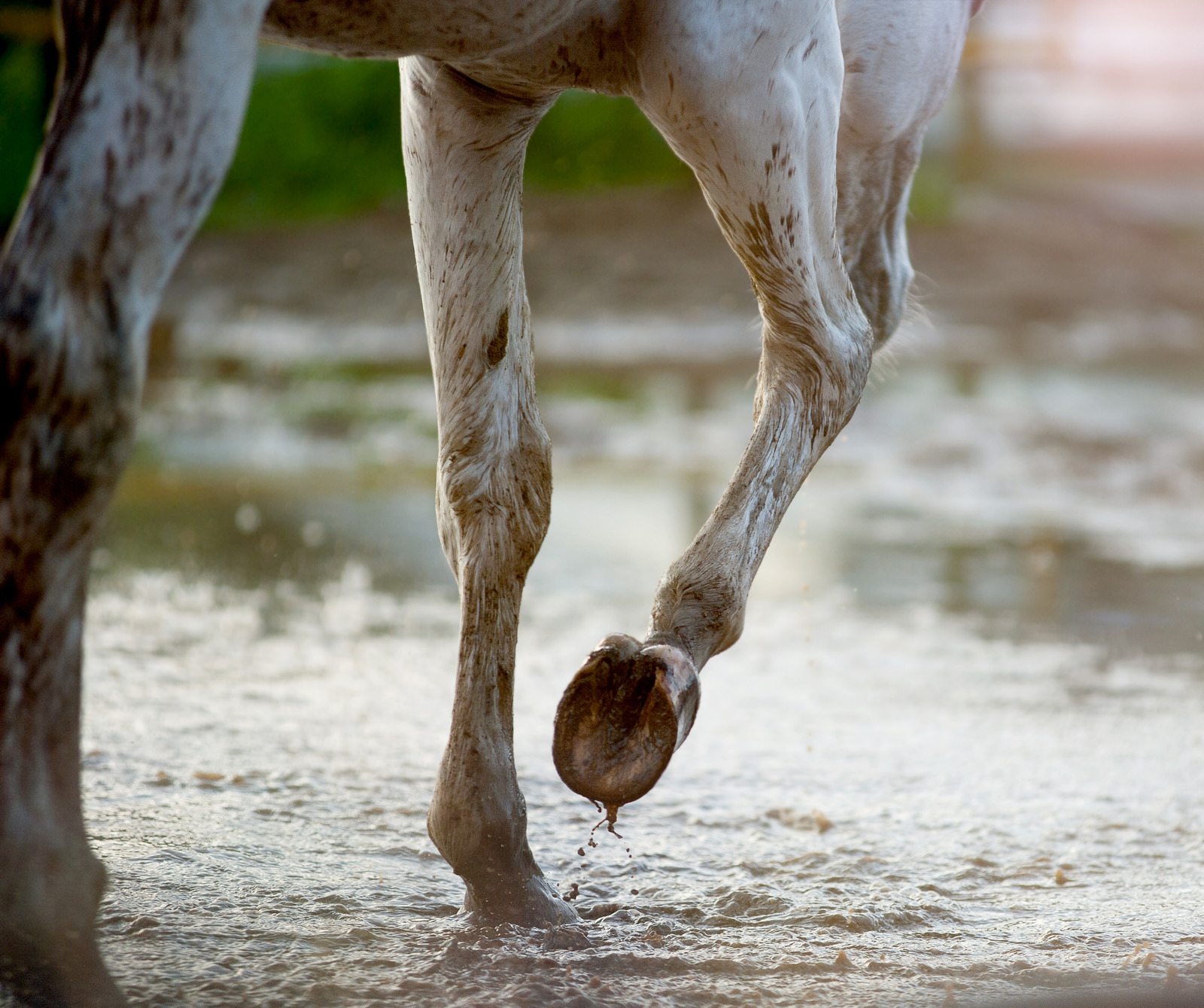Menu

Would you also like to avoid that your ride on the outdoor arena turns into a swim? In other words: How do you get an outdoor arena free of water? We asked you readers on Instagram what they do to avoid too much water during the ride. The advice they gave turned out to be two overall solutions. And they are very different in their scope: Either you have to grab a shovel, or you have to grab your wallet.
You may also like to read: Surface in the Arena: How Important It Is For Your Horse?
If you have an outdoor arena that holds on to the water just a bit too much, then you can first of all try with a completely free solution that only requires a little arm strength. Grab the shovel and head out onto the outdoor arena to find the places where the water gathers the most. Then dig a couple of drainage grooves or "streams" in the top layer, which run from the water-filled areas and out on the other side of the outdoor arena. Then the water should spread out in the grooves and run away.
If the drainage grooves cannot help you get rid of the water volumes sufficiently, then according to some of our users on Instagram, there is only one thing to do: get the course rerouted with drains. It is, of course, a somewhat more costly affair, but it can pay off in most cases. At least in the long run. Here, of course, it is necessary to consult with an expert in constructing riding arenas.
Another option which is also a bit of an investment is to put mats with holes in them down under the riding arena. The mats will not only collect the water from above. They will also ensure a more non-slip and resilient surface, so the track does not become slippery or hard in rainy weather. And you will get closer to having an outdoor arena free of water.
You may also like to read: Do You Pick Up the Poop? Why It Is so Important to remember
You can also choose to build or rearrange your riding arena so that it tilts a little to one side. That way, the water will be able to run off more easily. If the terrain around the course naturally tilts in one direction - it is of course important that the slope of the course follows it.
Of course, there are also some things you need to stay away from.
Avoid clay under the track
A user on Instagram recommends that you completely avoid clay during your riding career. The soil in many places (at least in Denmark) is very clayey, and it holds on to the water. Therefore, think about using the right amounts of sand grains in the different layers of the riding arena. Here you should also check with a riding arena specialist.
Do not place the track low
One of the worst things you can do is place your riding arena lower than the rest of the terrain. Then the precipitation that falls around the riding arena will run directly down on it. Which will leave you with twice as much water. For the same reason, it is a great advantage to position the arena - so that it is slightly elevated above the terrain. If you know how to utilize gravity -which to a certain extent can be used as a 'natural drain' - you can save a lot of money on having drains installed and still end up with an outdoor arena free of water.